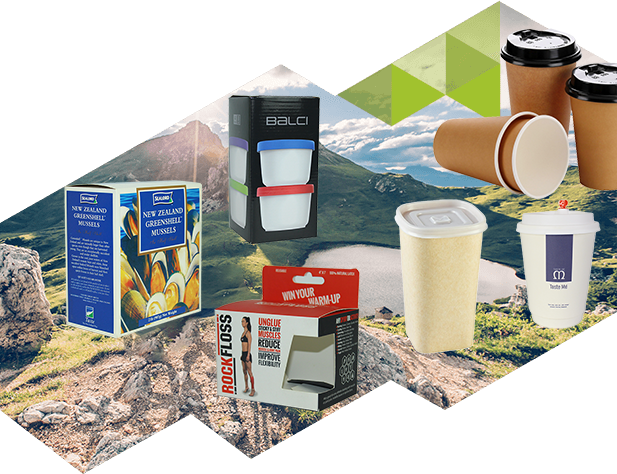Are cardboard to-go containers microwave safe?
Cardboard boxes, bowls and plates can be heated in the microwave, but make sure you have checked the tips below first:
1. What are they made of?
The cardboard food to-go containers are made from wood pulp with sodium hydroxide pressed into the paper and then glued together, but there is no need to worry about your food contact to glue, it’s just inside the cardboard to hold them together.
2. Wax or plastic coating
The wax coating is used for moisture-proof and keeps the food away from gases produced by other food in the refrigerator that can accelerate spoilage. Most containers don’t have wax coating nowadays, on the contrary, they have polyethylene plastic coating. However, both of them will release unhealthy fumes so it’s better to microwave food in ceramics or glass bowls and plates.
3. Plastic films & handles
As we mentioned above, the most common plastic has a low melting point and is easily deformed and produces harmful gases when heated, and polyethylene is the safest heatable plastic. Therefore, check if there aren’t any heatable symbols on the plastic, and avoid using the microwave.
4. Metal nails, clips and handles
These items can be used to secure takeout boxes for portability, but placing metal objects in the microwave can be disastrous. Even a small staple can create sparks when it's being heated, damaging the inside of the microwave and causing a fire. So when you need to heat the takeaway carton, be sure to exclude all metals.
5. Brown paper bag
Maybe you think it is convenient and safe to put your food in the takeout brown paper bag and heated them in the microwave, but you may be shocked by the result: the crumpled paper bag is more likely to ignite, and if the paper bag is both being crumpled and damped, it will heat up with your food even cause a fire.
After figuring out these things, although cardboard containers can be heated in the microwave, if there is no special reason, it is obviously a wiser way to reheat food in ceramic or glass containers - it’s not only for avoiding a fire but also for avoiding potential health hazards.












